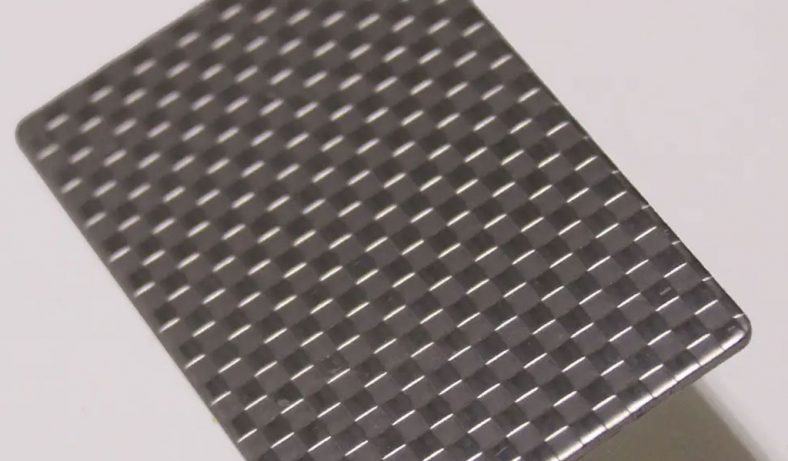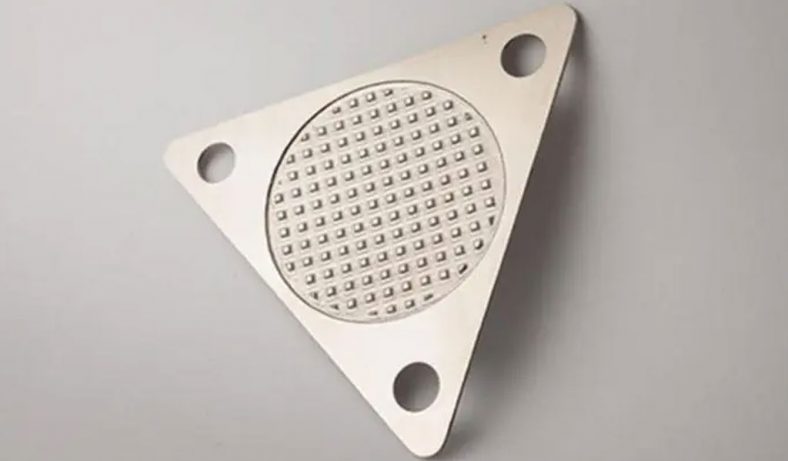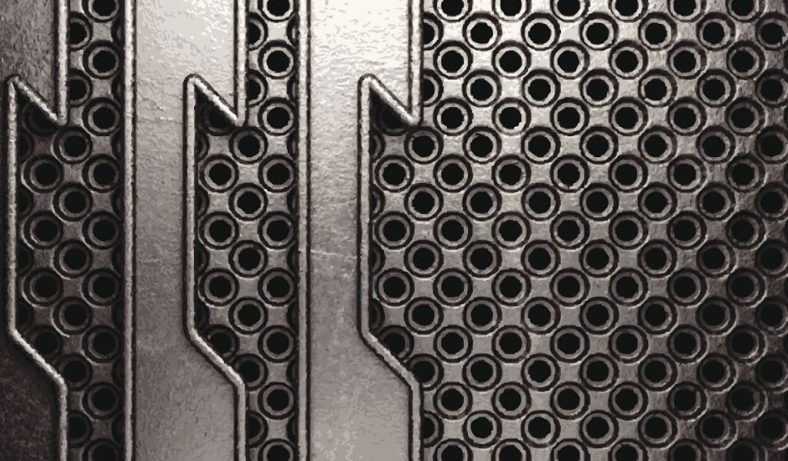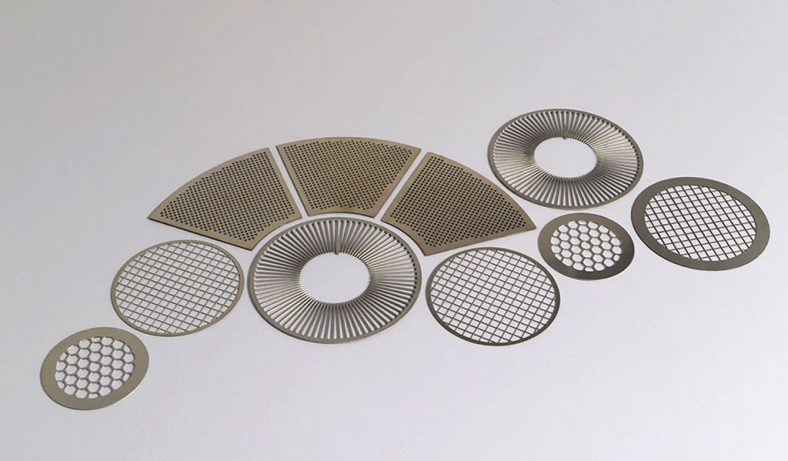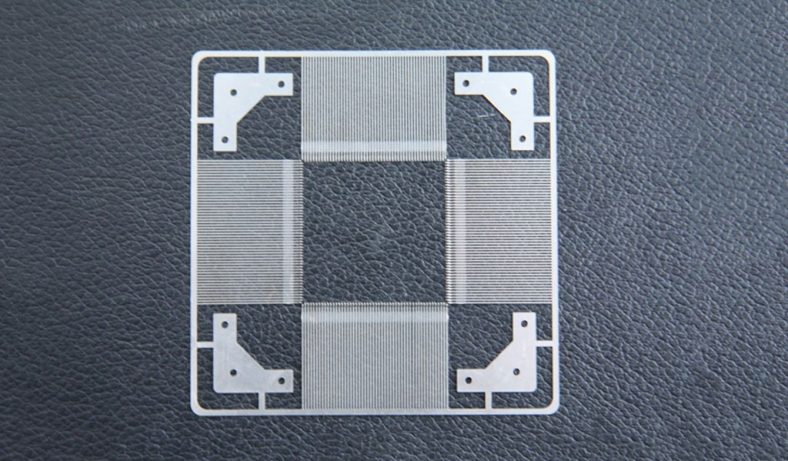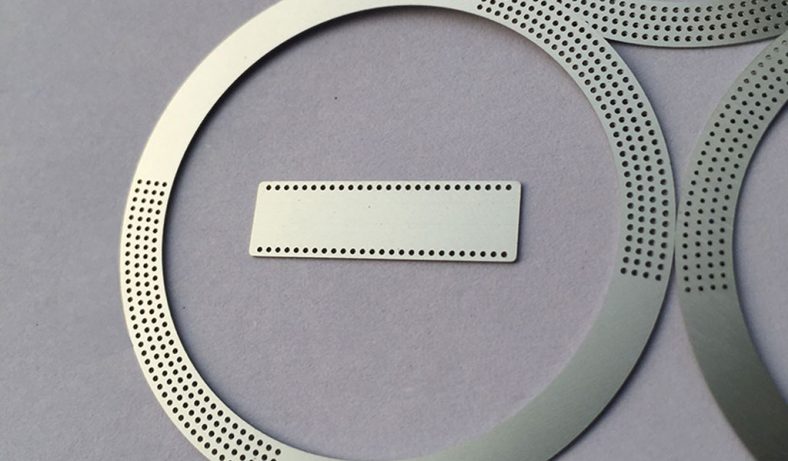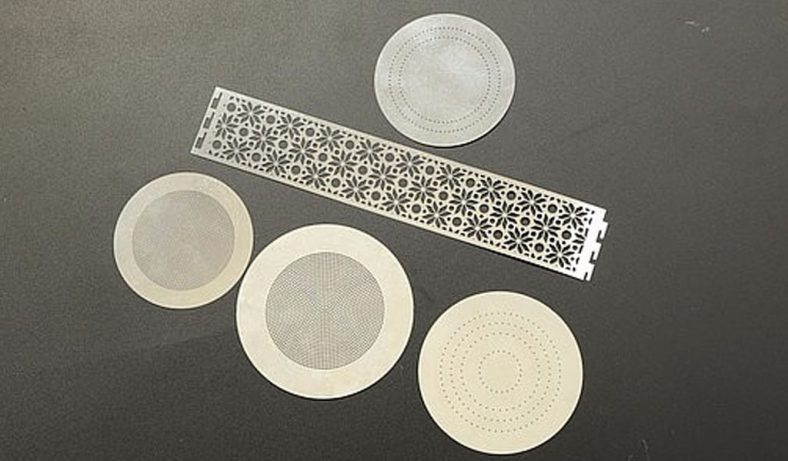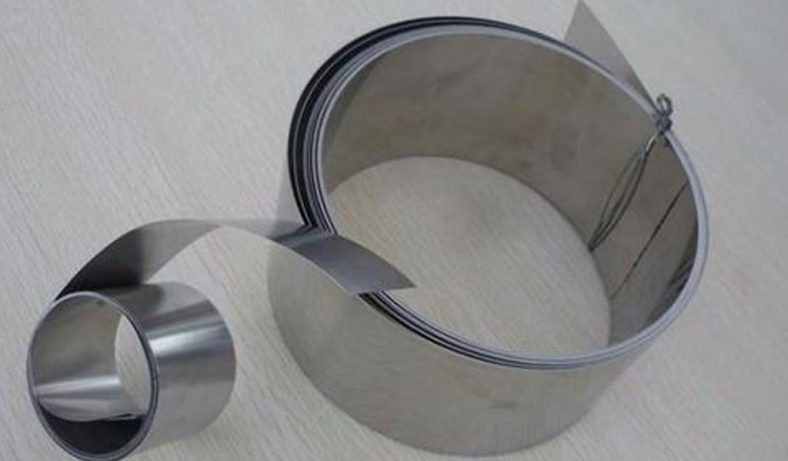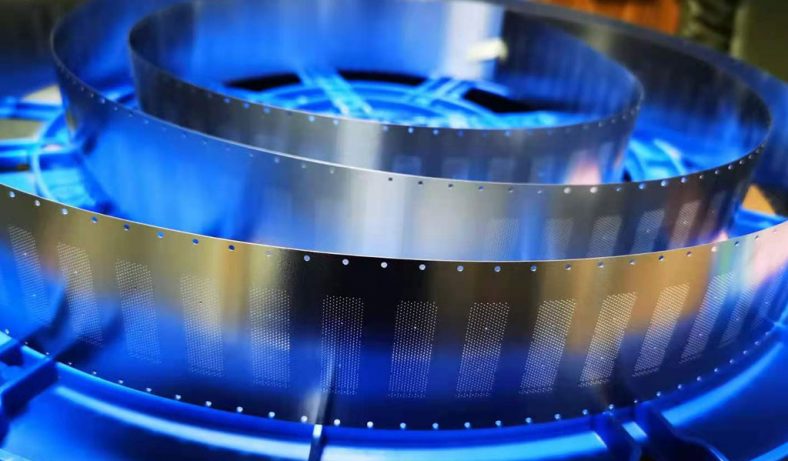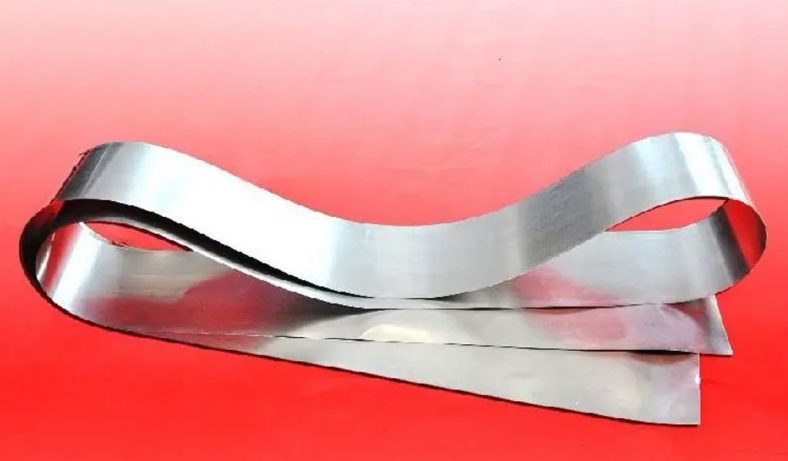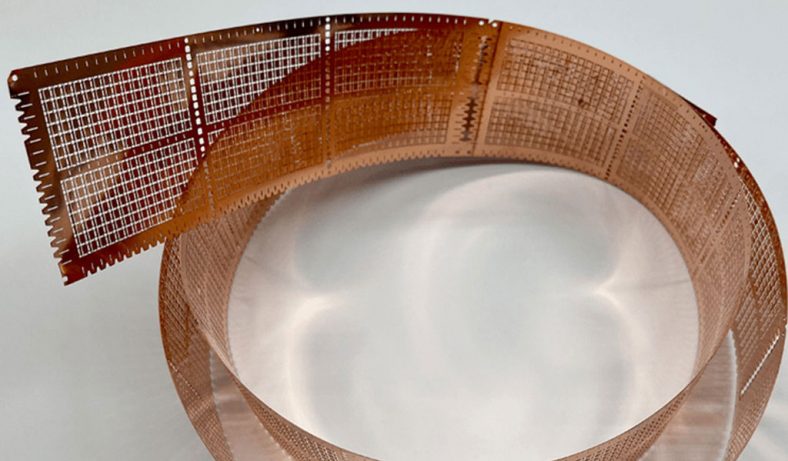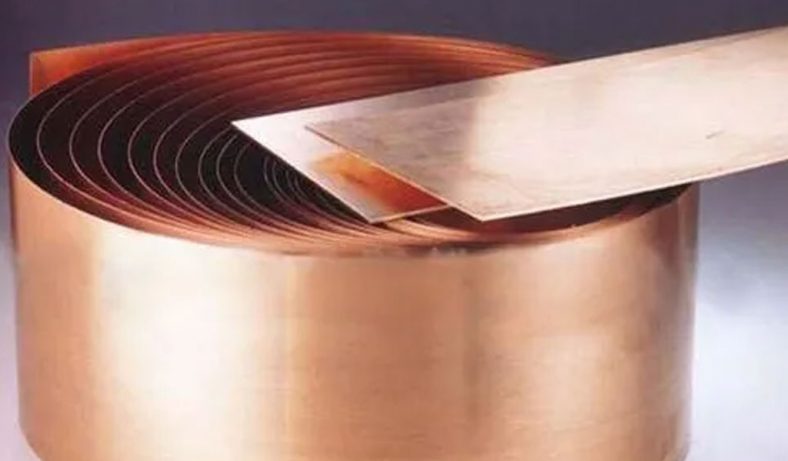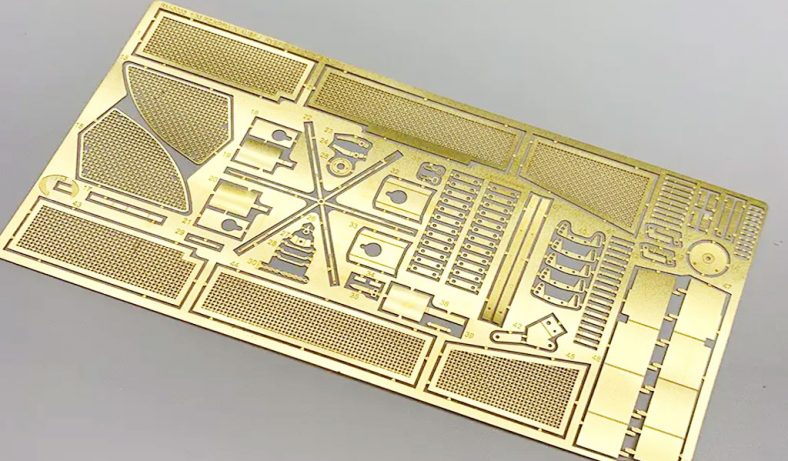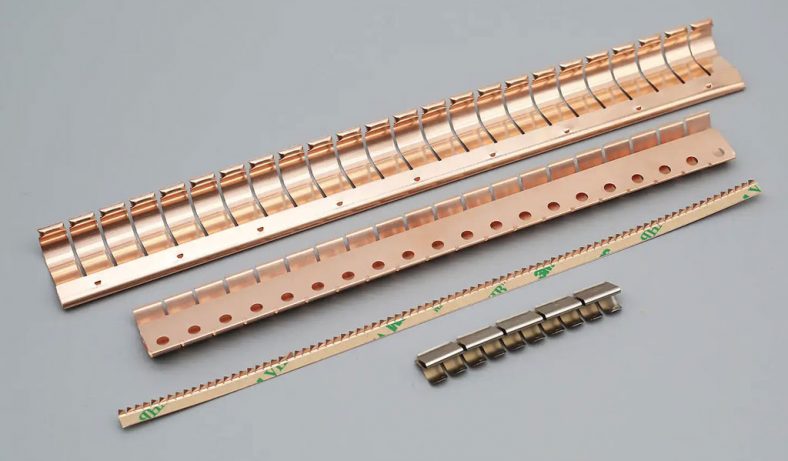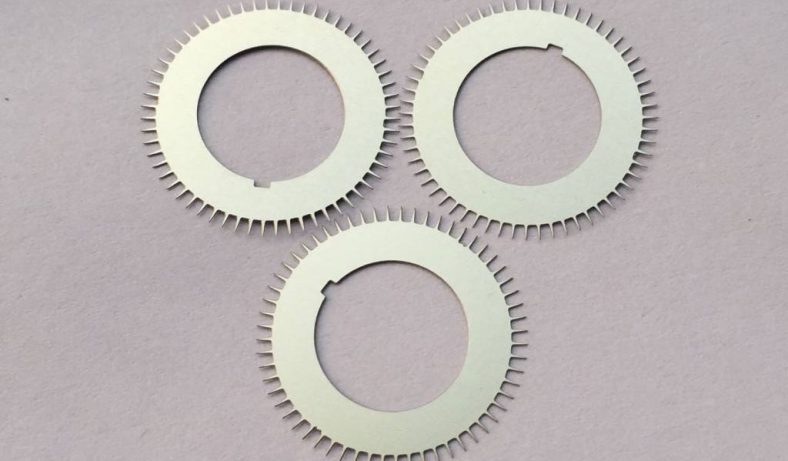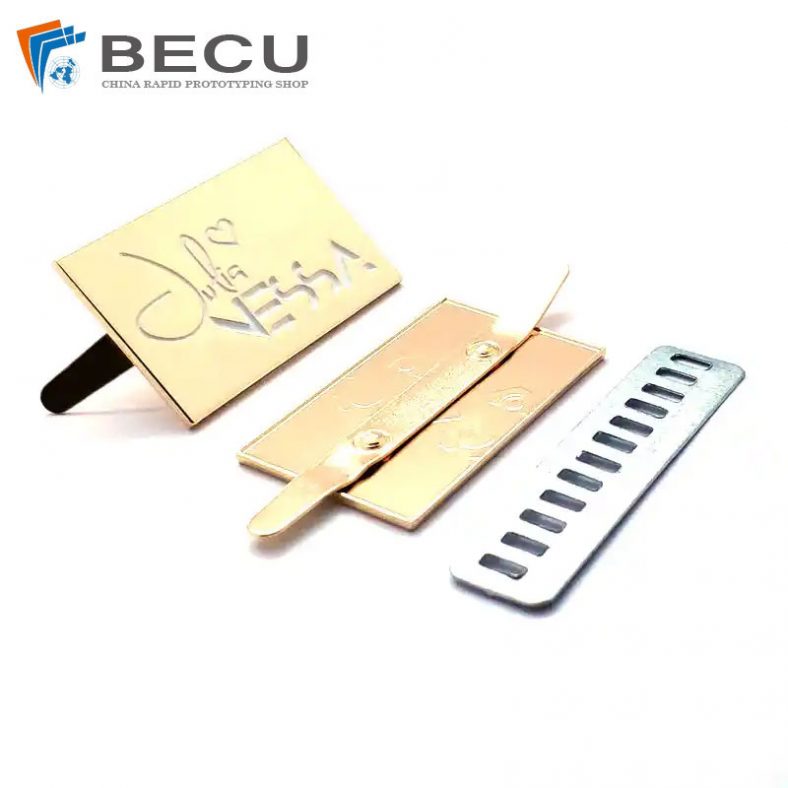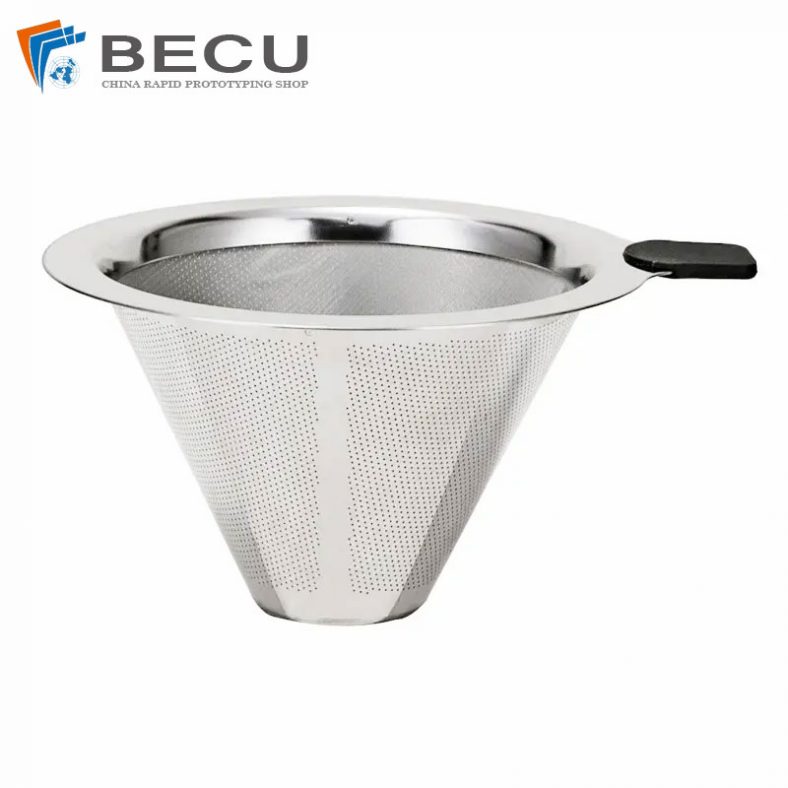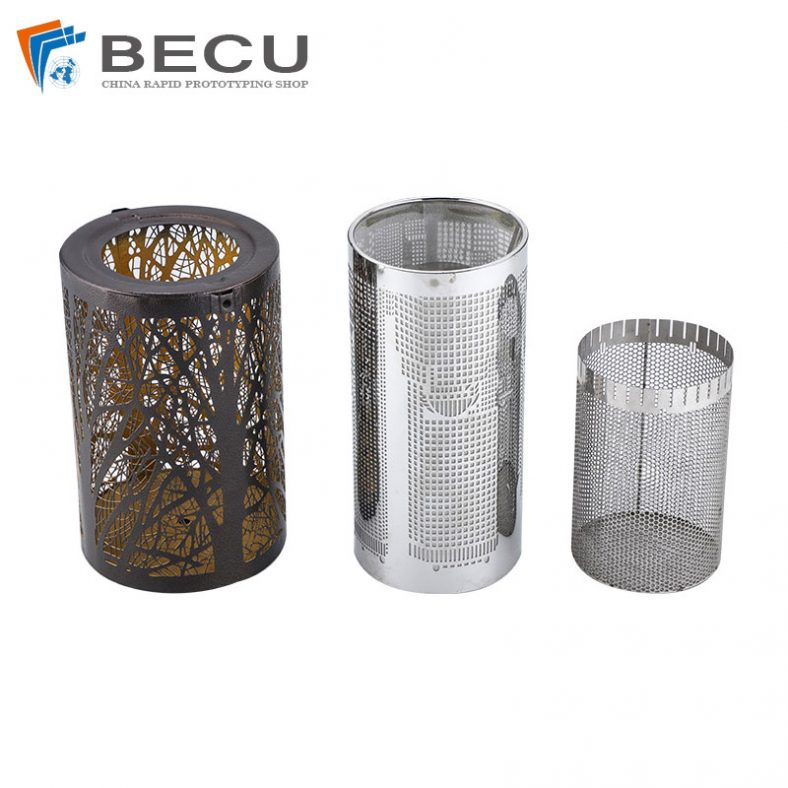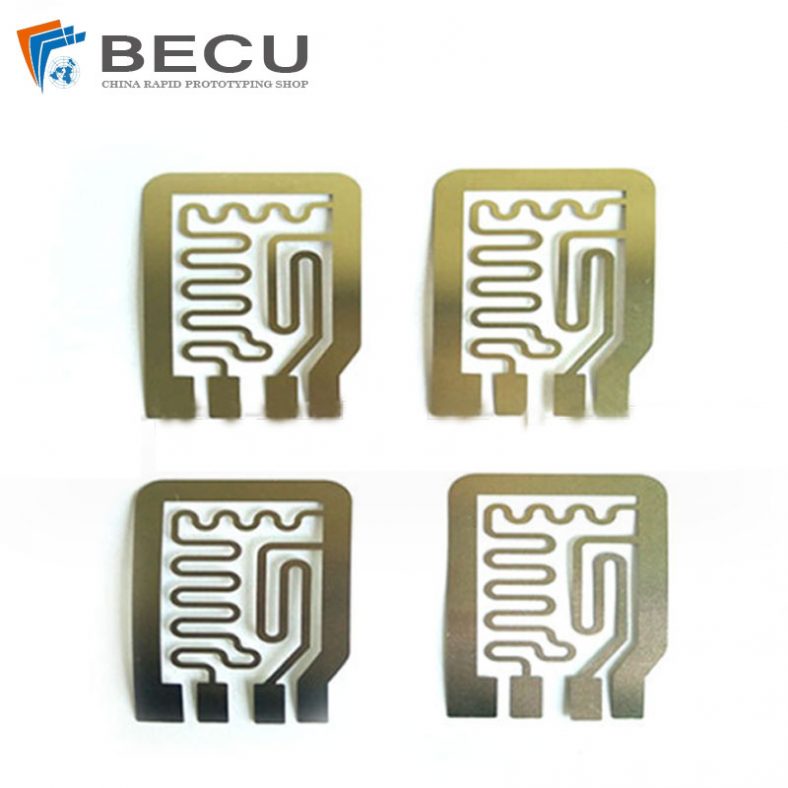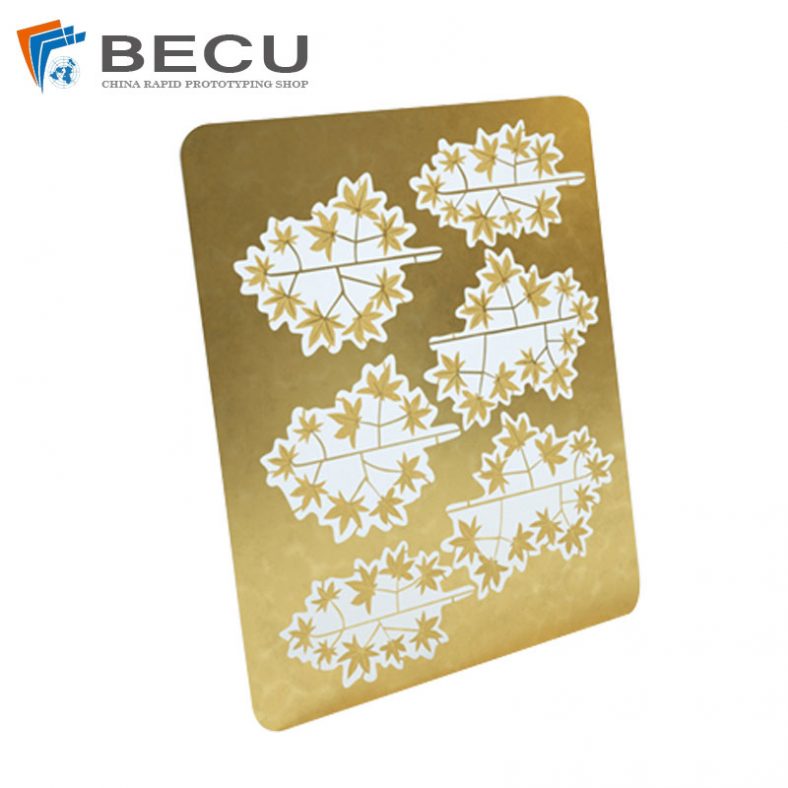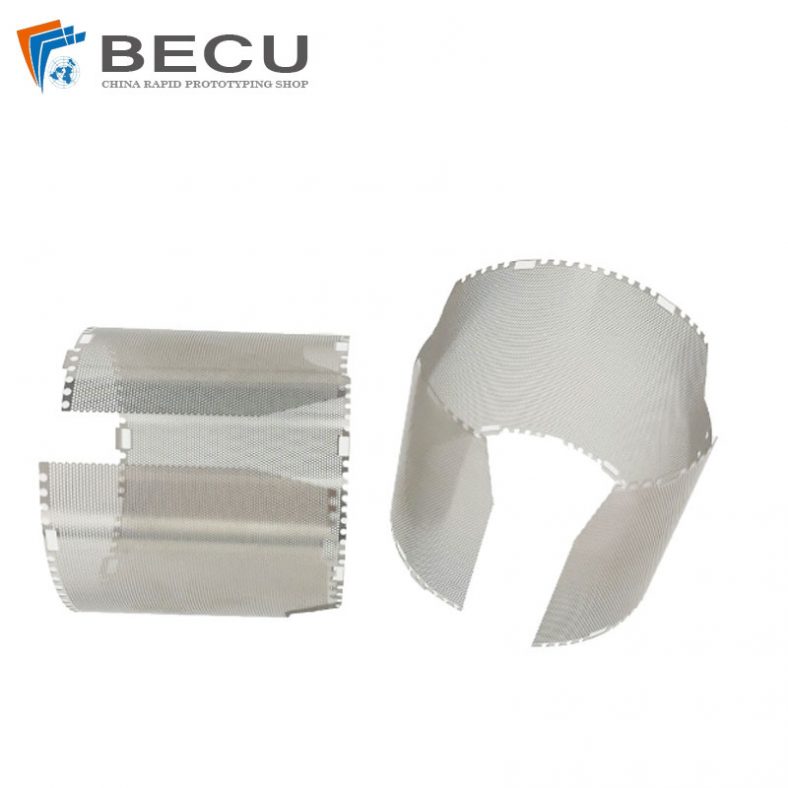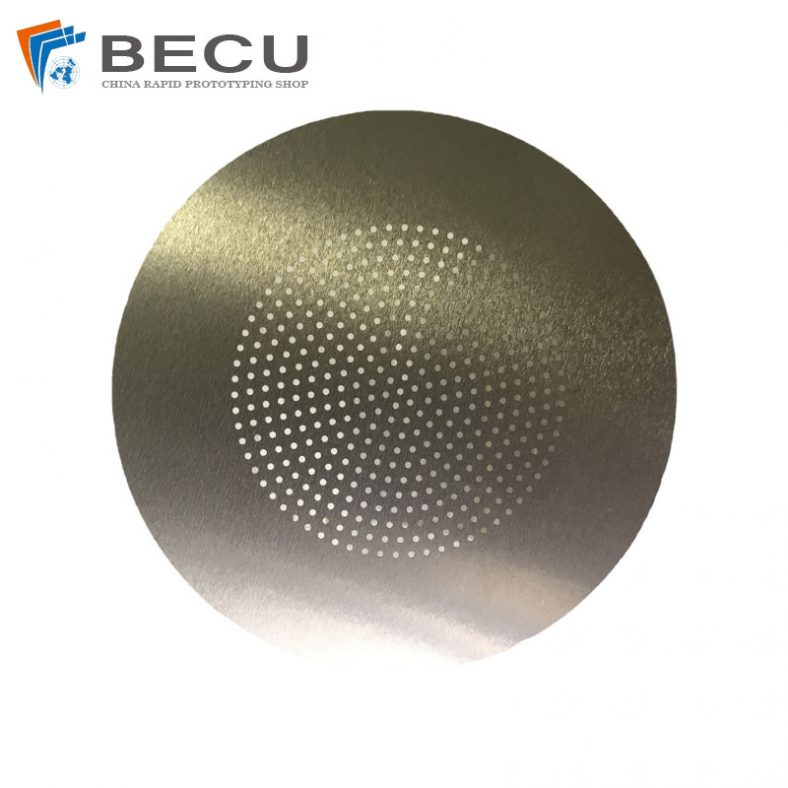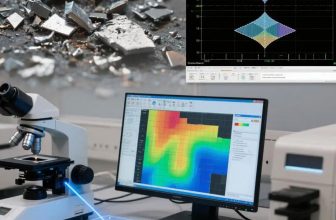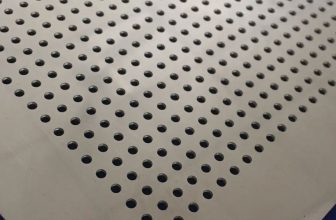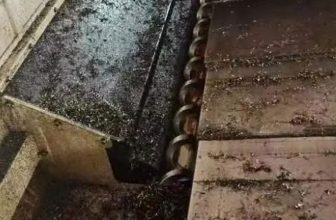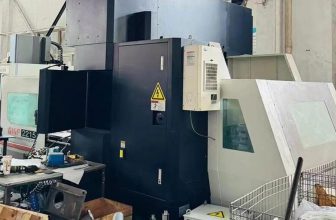Gallium nitride (GaN) is a wide-bandgap semiconductor material that has garnered significant attention in the field of power electronics due to its exceptional electrical and thermal properties. With a bandgap of approximately 3.4 eV, high electron mobility, high critical electric field, and excellent thermal conductivity, GaN is ideally suited for high-power, high-frequency, and high-temperature applications. These characteristics make GaN-based power devices, such as high-electron-mobility transistors (HEMTs), Schottky barrier diodes (SBDs), and vertical power transistors, critical components in modern power electronics, including electric vehicles, renewable energy systems, and advanced telecommunications infrastructure.
The fabrication of GaN-based power devices relies heavily on precise and controlled processing techniques, among which plasma etching plays a pivotal role. Plasma etching is a dry etching process that uses reactive plasma to remove material from a substrate with high precision, enabling the creation of intricate device structures such as mesas, trenches, and nanorods. However, GaN’s strong chemical inertness and robust crystal structure pose significant challenges to achieving optimal etching outcomes. Issues such as plasma-induced damage, non-uniform etching, and surface roughness can adversely affect device performance, leading to increased leakage currents, reduced breakdown voltages, and compromised reliability.
Optimizing the plasma etching process for GaN power devices is, therefore, a critical area of research and development. This article provides a comprehensive exploration of plasma etching process optimization for GaN power devices, covering the fundamental principles of plasma etching, the challenges associated with GaN etching, advanced techniques for process optimization, and recent advancements in the field. Detailed tables are included to compare key parameters, etching chemistries, and outcomes, offering a rigorous scientific framework for understanding and improving GaN plasma etching processes.
Fundamentals of Plasma Etching
Principles of Plasma Etching
Plasma etching is a dry etching technique that utilizes a partially ionized gas (plasma) to remove material from a substrate through physical and chemical interactions. The plasma is generated by applying radiofrequency (RF) or microwave energy to a gas mixture, creating a mixture of ions, electrons, neutral species, and reactive radicals. In the context of semiconductor processing, plasma etching is preferred over wet etching due to its ability to achieve anisotropic etching profiles, high resolution, and compatibility with advanced device geometries.
The plasma etching process can be broadly categorized into three mechanisms:
- Physical Etching: Involves the bombardment of the substrate surface by energetic ions, which physically sputter material away. This mechanism is non-selective and can lead to surface damage if not carefully controlled.
- Chemical Etching: Relies on the reaction of chemically active species (radicals) in the plasma with the substrate material to form volatile byproducts that are removed from the surface. This mechanism is highly selective but may result in isotropic etching profiles.
- Reactive Ion Etching (RIE): Combines physical and chemical etching by using both reactive species and ion bombardment. RIE is widely used in GaN etching due to its ability to achieve anisotropic profiles while maintaining reasonable selectivity.
The choice of etching mechanism depends on the desired etch profile, material properties, and device requirements. For GaN, which is chemically inert and resistant to most wet etchants, plasma etching is the dominant method for patterning device structures.
Plasma Etching Systems
Plasma etching is typically performed in specialized equipment, such as reactive ion etching (RIE) systems, inductively coupled plasma (ICP) systems, or electron cyclotron resonance (ECR) systems. Each system has unique characteristics that influence etching performance:
- Reactive Ion Etching (RIE): In RIE systems, plasma is generated by applying RF power to a pair of electrodes in a vacuum chamber. The substrate is placed on the powered electrode, where it is exposed to both reactive species and ion bombardment. RIE is effective for GaN etching but may result in higher plasma-induced damage due to relatively high ion energies.
- Inductively Coupled Plasma (ICP): ICP systems use a coil to inductively couple RF power into the plasma, generating a high-density plasma at low pressures. The substrate is biased independently, allowing precise control over ion energy and flux. ICP is widely used for GaN etching due to its ability to achieve high etch rates, improved uniformity, and reduced damage.
- Electron Cyclotron Resonance (ECR): ECR systems use microwave power and a magnetic field to generate a high-density plasma with low ion energies. ECR etching is particularly suited for applications requiring minimal plasma-induced damage, such as nanostructure fabrication.
Key Process Parameters
The performance of plasma etching is governed by several process parameters, each of which must be carefully optimized to achieve the desired etching outcomes. These parameters include:
- Gas Chemistry: The choice of etching gases determines the chemical reactions at the substrate surface. Common gases for GaN etching include chlorine-based (e.g., Cl₂, BCl₃), fluorine-based (e.g., CF₄, SF₆), and methane-based (e.g., CH₄/H₂) chemistries.
- RF/ICP Power: The power applied to generate the plasma affects the density of reactive species and ions. Higher power increases etch rates but may also increase surface damage.
- Chamber Pressure: The pressure in the etching chamber influences the mean free path of plasma species, affecting etching directionality and uniformity. Lower pressures typically result in more anisotropic etching.
- Substrate Temperature: The temperature of the substrate can influence the volatility of etch byproducts and the rate of chemical reactions. Elevated temperatures are often used to enhance etch rates and reduce surface roughness.
- Gas Flow Rate: The flow rate of etching gases affects the concentration of reactive species in the plasma, influencing etch rates and selectivity.
- DC Bias: The DC bias applied to the substrate controls the energy of ion bombardment, impacting the balance between physical and chemical etching.
Optimizing these parameters requires a deep understanding of their interactions and their effects on GaN’s material properties, as discussed in subsequent sections.
Challenges in GaN Plasma Etching
Material Properties of GaN
Gallium nitride is a III-V compound semiconductor with a wurtzite crystal structure, characterized by strong Ga-N bonds and high chemical stability. These properties make GaN resistant to most wet chemical etchants, necessitating the use of plasma etching for device fabrication. However, GaN’s robust crystal structure also poses challenges for plasma etching, including:
- High Bond Energy: The Ga-N bond energy is significantly higher than that of other semiconductors, such as silicon or gallium arsenide, requiring aggressive etching conditions to achieve reasonable etch rates.
- Chemical Inertness: GaN’s resistance to chemical attack limits the effectiveness of purely chemical etching, necessitating a combination of physical and chemical mechanisms.
- Crystal Orientation Effects: The etching behavior of GaN is influenced by its crystal orientation (e.g., c-plane, m-plane), with c-plane GaN exhibiting deeper ion penetration due to channeling effects, leading to increased etch damage.
Plasma-Induced Damage
One of the most significant challenges in GaN plasma etching is plasma-induced damage, which can degrade the electrical and optical properties of the material. Plasma-induced damage manifests in several forms:
- Nitrogen Vacancies: Plasma etching can create nitrogen vacancies (V_N) at the GaN surface, which act as shallow donors and compensate p-type dopants, leading to type conversion and increased leakage currents.
- Surface Non-Stoichiometry: Preferential sputtering of nitrogen over gallium can result in a gallium-rich surface, forming metallic droplets that increase surface roughness and degrade device performance.
- Deep Defect Levels: High-energy ion bombardment can introduce deep defect levels in the GaN lattice, reducing carrier mobility and increasing trap-related effects in devices.
- Sidewall Damage: In mesa or trench etching, plasma damage on sidewalls can create leakage paths, reducing breakdown voltages and increasing reverse leakage currents.
Etching Uniformity and Selectivity
Achieving uniform etching across large wafers is critical for industrial-scale production of GaN power devices. Non-uniform etching can result in variations in device performance, particularly for large-diameter wafers (e.g., 150 mm or 200 mm). Factors contributing to non-uniformity include:
- Plasma Distribution: Variations in plasma density across the wafer can lead to uneven etch rates and profiles. Optimizing coil designs in ICP systems has been shown to improve uniformity from 5.83% to 2.95%.
- Edge Effects: Etch byproducts and redeposition near the wafer edges can cause non-uniform etching, necessitating careful chamber design and cleaning protocols.
- Mask Erosion: Erosion of the etching mask (e.g., photoresist or SiO₂) under high plasma flux can degrade etch profiles, particularly at high ICP powers.
Selectivity, or the ability to etch GaN at a higher rate than the mask or underlying layers, is another critical consideration. Low selectivity can lead to mask degradation or unintended etching of underlying layers, affecting device performance.
Surface Morphology and Roughness
The surface morphology of etched GaN surfaces significantly impacts device performance, particularly for optoelectronic devices like LEDs and power devices like SBDs. Rough surfaces can increase scattering losses, reduce carrier mobility, and create leakage paths. Common issues include:
- Surface Roughness: Etching with certain chemistries, such as methane-based plasmas without nitrogen addition, can result in rough surfaces with root-mean-square (RMS) roughness values as high as 2.6 nm.
- Microtrenching: The formation of microtrenches at the base of etched features can compromise device reliability, particularly in quasi-vertical SBDs.
- Sidewall Striations: Vertical striations on etched sidewalls, often caused by mask erosion or non-optimized plasma conditions, can degrade device performance.
Plasma Etching Chemistries for GaN
Chlorine-Based Chemistries
Chlorine-based plasmas, such as Cl₂, BCl₃, or Cl₂/Ar mixtures, are the most commonly used for GaN etching due to their high etch rates and ability to form volatile gallium chloride (GaCl₃) byproducts. Key characteristics of chlorine-based etching include:
- High Etch Rates: Chlorine-based plasmas can achieve etch rates of up to 250 nm/min under optimized conditions, making them suitable for deep etching applications.
- Anisotropic Profiles: The combination of chemical etching (via Cl radicals) and physical sputtering (via Ar or BCl₃) enables highly anisotropic etch profiles, critical for mesa and trench formation.
- Surface Stoichiometry: Chlorine-based etching minimizes surface non-stoichiometry by improving gallium removal rates, reducing the formation of metallic droplets.
However, chlorine-based plasmas can introduce significant plasma-induced damage, particularly at high ion energies. Strategies to mitigate damage include:
- Low-Power Etching: Reducing RF power and ICP power minimizes ion energy, reducing subsurface damage. For example, a low-power Cl₂/Ar etch at 200 W ICP power and 5 W forward power achieved negligible damage within 71 nm of an active region.
- Post-Etch Treatments: Annealing at 700–900 °C or UV/ozone treatments followed by HF etching can recover electrical properties by removing damaged layers.
Fluorine-Based Chemistries
Fluorine-based plasmas, such as CF₄ or SF₆, are less commonly used for GaN etching due to their lower etch rates compared to chlorine-based plasmas. However, they are advantageous in specific applications, such as plasma-based atom-selective etching (PASE), which prioritizes surface planarization. Key features include:
- High Selectivity: Fluorine-based plasmas are highly selective to GaN over mask materials like SiO₂, making them suitable for applications requiring precise etch control.
- Low Damage: The use of non-toxic CF₄ in high-temperature PASE has achieved surface roughness as low as 0.527 nm and material removal rates of 93.01 μm/min, thousands of times higher than chemical mechanical polishing.
- Smooth Surfaces: Fluorine-based etching produces smoother surfaces compared to chlorine-based etching, reducing scattering losses in optoelectronic devices.
The main limitation of fluorine-based plasmas is their lower volatility of gallium fluoride (GaF₃) byproducts, which can lead to redeposition and reduced etch rates. High-temperature etching is often required to enhance byproduct volatility.
Methane-Based Chemistries
Methane-based plasmas, typically CH₄/H₂ or CH₄/H₂/Ar mixtures, are used for applications requiring precisely controlled, damage-free etching, such as nanostructure formation. Key characteristics include:
- Low Toxicity: Methane-based plasmas are non-corrosive and non-toxic, making them safer for industrial applications.
- Smooth Surfaces with Nitrogen Addition: The addition of N₂ to CH₄/H₂ plasmas significantly reduces surface roughness, achieving RMS roughness values below 0.4 nm.
- Low Etch Rates: Methane-based etching typically achieves etch rates of 8–30 nm/min, making it suitable for shallow etching but less practical for deep etching.
The primary challenge with methane-based plasmas is the formation of gallium metal droplets on the surface, which can increase roughness. Nitrogen addition mitigates this issue by stabilizing surface stoichiometry.
Comparison of Etching Chemistries
The following table compares the key characteristics of chlorine-based, fluorine-based, and methane-based etching chemistries for GaN:
| Parameter | Chlorine-Based (Cl₂/BCl₃/Ar) | Fluorine-Based (CF₄/SF₆) | Methane-Based (CH₄/H₂/N₂) |
|---|---|---|---|
| Etch Rate (nm/min) | 50–250 | 10–100 | 8–30 |
| Surface Roughness (nm) | 1–3 | 0.5–1 | 0.4–2.6 |
| Selectivity (GaN:SiO₂) | Moderate (5:1) | High (10:1) | Low (2:1) |
| Anisotropy | High | Moderate | Low |
| Plasma-Induced Damage | High | Low | Moderate |
| Applications | Mesa, trench etching | Surface planarization | Nanostructure formation |
| Toxicity | High | Moderate | Low |
| References | ,, |
This table highlights the trade-offs between etch rate, surface quality, and damage, guiding the selection of etching chemistry based on specific device requirements.
Optimization Strategies for GaN Plasma Etching
Process Parameter Optimization
Optimizing process parameters is critical to achieving high-quality GaN etching outcomes. Key strategies include:
- Gas Flow Rate Tuning: Balancing the flow rates of reactive gases (e.g., Cl₂) and inert gases (e.g., Ar) can enhance etch rates while maintaining selectivity. For example, a Cl₂/Ar flow rate of 32 sccm/5 sccm at 500 W ICP power achieved high etch rates with good selectivity.
- Power Control: Using low RF power and high ICP power reduces DC bias, minimizing ion energy and plasma-induced damage. An optimized ICP etch with 350 W ICP power and low RF power improved uniformity from 3.93% to 1.42%.
- Pressure Adjustment: Low chamber pressures (e.g., 2 mTorr) enhance anisotropy by increasing the mean free path of plasma species, reducing redeposition of etch byproducts.
- Temperature Control: Elevated substrate temperatures (e.g., 300–500 °C) improve the volatility of etch byproducts, reducing surface roughness and enhancing optical properties.
Advanced Coil Designs
In ICP etching, the design of the plasma coil significantly impacts etching uniformity. Traditional planar coils often suffer from field coupling between inner and outer coils, reducing the independence of power control. Optimized 3D spiral coils, with increased spacing between inner and outer coils, have been shown to reduce coupling and improve uniformity. For example, a dual spiral coil design improved etching uniformity from 5.83% to 2.95% based on maximum-minus-minimum calculations.
Mask Selection and Optimization
The choice of etching mask is critical to achieving high-quality etch profiles. Common mask materials for GaN etching include:
- Photoresist (PR): Photoresists like AZ4620 are cost-effective but prone to erosion under high plasma flux, leading to sidewall striations. Hard baking after patterning improves mask stability.
- Silicon Dioxide (SiO₂): SiO₂ hard masks offer higher selectivity and resistance to plasma erosion, making them suitable for deep etching. A 550 nm SiO₂ mask deposited by PECVD achieved highly anisotropic mesa profiles.
- Silicon Nitride (SiNₓ): SiNₓ masks are used for applications requiring high selectivity over GaN, particularly in HEMT fabrication.
Optimizing mask patterning, such as using low-temperature dielectric overcoats to protect resist sidewalls, can reduce vertical striations and improve sidewall morphology.
Post-Etch Treatments
Post-etch treatments are essential for mitigating plasma-induced damage and recovering device performance. Common treatments include:
- Thermal Annealing: Annealing at 700–900 °C in N₂ or NH₃ atmospheres can repair crystal defects and recover electrical properties. For example, a 30-second anneal at 700 °C restored contact properties in n-GaN.
- UV/Ozone Treatment: UV/ozone exposure oxidizes damaged GaN surfaces, which are then removed by HF etching. This treatment has been shown to recover ideality factors and leakage currents in p-GaN diodes.
- Wet Chemical Etching: Wet etching with tetramethylammonium hydroxide (TMAH) or KOH can smooth etched sidewalls and reduce leakage paths, particularly in quasi-vertical SBDs.
Table of Optimization Strategies
The following table summarizes key optimization strategies for GaN plasma etching, including their benefits and challenges:
| Strategy | Description | Benefits | Challenges | References |
|---|---|---|---|---|
| Gas Flow Rate Tuning | Adjust flow rates of reactive and inert gases to balance etch rate and selectivity | High etch rates, improved selectivity | Requires precise control to avoid redeposition | |
| Power Control | Use low RF power and high ICP power to reduce ion energy | Reduced plasma-induced damage, improved uniformity | Lower etch rates at reduced power | , |
| Pressure Adjustment | Operate at low pressures (e.g., 2 mTorr) to enhance anisotropy | Highly anisotropic profiles, reduced redeposition | Limited by equipment capabilities | |
| Temperature Control | Elevate substrate temperature (300–500 °C) to enhance byproduct volatility | Smoother surfaces, improved optical properties | Risk of thermal stress in substrates | |
| Advanced Coil Designs | Use 3D spiral coils to reduce field coupling in ICP systems | Improved uniformity (e.g., 2.95% vs. 5.83%) | Complex design and implementation | |
| Mask Optimization | Use SiO₂ or SiNₓ hard masks with optimized patterning | High selectivity, reduced sidewall striations | Increased process complexity | , |
| Thermal Annealing | Anneal at 700–900 °C to repair crystal defects | Restored electrical properties, reduced leakage | High temperatures may affect other device layers | |
| UV/Ozone Treatment | Oxidize damaged surfaces followed by HF etching | Recovered ideality factors, reduced leakage | Limited to surface damage recovery | |
| Wet Chemical Etching | Use TMAH or KOH to smooth sidewalls and reduce leakage paths | Improved sidewall morphology, reduced leakage | Crystal face-dependent etching behavior |
Advanced Techniques in GaN Plasma Etching
Atomic Layer Etching (ALE)
Atomic layer etching (ALE) is an emerging technique that offers precise control over etching at the atomic scale, making it ideal for advanced GaN power device fabrication. ALE involves sequential, self-limiting reactions that remove material layer by layer. For GaN, ALE typically consists of:
- Oxidation Step: The GaN surface is oxidized using water vapor or O₂ plasma to form a thin oxide layer.
- Etch Step: The oxide layer is removed using alternating exposures to hydrogen fluoride (HF) and trimethylgallium (TMG) via fluorination and ligand exchange.
ALE has been shown to achieve etch rates of less than predicted due to the ordered structure of the oxide formed on crystalline GaN surfaces, but it offers minimal surface damage and high selectivity. X-ray photoelectron spectroscopy (XPS) studies have indicated residual fluorine and oxygen impurities on etched surfaces, highlighting the need for further optimization.
Plasma-Based Atom-Selective Etching (PASE)
PASE is a high-temperature, high-radical-concentration etching technique that uses CF₄ as a non-toxic reaction gas to achieve near damage-free planarization of GaN surfaces. Key outcomes include:
- Surface Roughness Reduction: PASE reduced GaN surface roughness from 135.8 nm to 0.527 nm after 2 minutes of etching.
- High Material Removal Rate: A material removal rate of 93.01 μm/min was achieved, significantly higher than conventional chemical mechanical polishing.
- Non-Destructive Etching: The crystal structure of the GaN subsurface remained well-ordered, with no detectable defects.
PASE is particularly promising for applications requiring ultra-smooth surfaces, such as UV-LEDs and high-power HEMTs.
Cryogenic Plasma Etching
Cryogenic plasma etching involves etching at low temperatures (e.g., -100 °C) to enhance etch selectivity and reduce plasma-induced damage. By cooling the substrate, the volatility of etch byproducts is reduced, allowing for more controlled etching. Cryogenic etching has been explored for GaN to achieve high-aspect-ratio features with minimal sidewall damage, but its application is limited by the complexity of maintaining low temperatures in industrial settings.
Table of Advanced Etching Techniques
The following table compares advanced etching techniques for GaN, highlighting their advantages and limitations:
| Technique | Description | Advantages | Limitations | References |
|---|---|---|---|---|
| Atomic Layer Etching (ALE) | Sequential oxidation and etch steps for atomic-scale precision | High precision, minimal surface damage | Low etch rates, residual impurities | |
| Plasma-Based Atom-Selective Etching (PASE) | High-temperature, high-radical etching with CF₄ | Ultra-smooth surfaces, high material removal rate | Requires high-temperature equipment | |
| Cryogenic Plasma Etching | Etching at low temperatures to enhance selectivity | Reduced sidewall damage, high-aspect-ratio features | Complex temperature control, limited industrial adoption |
Recent Advances in GaN Plasma Etching
Elevated-Temperature Etching
Recent studies have demonstrated the benefits of elevated-temperature etching (300–500 °C) using CH₄/H₂ plasma chemistry. At 300 °C, this approach achieved damage-less optical properties, with near-band-edge photoluminescence intensity significantly higher than at lower temperatures. Smooth surfaces and stoichiometric GaN surfaces were obtained at 10% CH₄/H₂ chemistry at 500 °C, addressing issues of degradation in optical performance.
Selective Area Regrowth and Etching
Selective area regrowth, combined with optimized etching, has emerged as a promising technique for vertical GaN power devices. Dry etching is used to form trenches for regrowth, but it introduces interface impurities (e.g., Si, C, O). Tertiarybutylchloride-based in situ etching has been proposed as a low-damage alternative, enabling regrown p-n junctions with low leakage currents and vertical junction field-effect transistors (VJFETs).
Machine Learning and AI in Process Optimization
The complexity of optimizing plasma etching parameters has led to the adoption of machine learning (ML) and artificial intelligence (AI) techniques. AI/ML can analyze large datasets to identify optimal process conditions, reducing the time and effort required for process development. For example, AI-driven optimization has been proposed to address aspect-ratio-dependent etching (ARDE) phenomena in high-aspect-ratio processing, improving etch uniformity and throughput.
Environmental Considerations
Sustainability is an emerging focus in plasma etching, with efforts to reduce the environmental impact of etching gases. Chlorine-based gases, which are toxic and corrosive, are being replaced with less harmful alternatives like CF₄ in PASE. Additionally, gas recycling and waste treatment strategies are being developed to minimize emissions, aligning with green chemistry principles.,
Applications of Optimized GaN Plasma Etching
High-Electron-Mobility Transistors (HEMTs)
HEMTs are a cornerstone of GaN-based power electronics, offering high efficiency and fast switching speeds. Optimized plasma etching is critical for fabricating gate recesses, mesas, and ohmic contacts in HEMTs. Low-damage etching techniques, such as ECR and PASE, ensure high carrier mobility and low gate leakage, enhancing device performance.
Schottky Barrier Diodes (SBDs)
Quasi-vertical and vertical GaN SBDs rely on precise mesa etching to define active regions and reduce leakage currents. Optimized ICP etching, combined with TMAH wet treatment, has achieved low reverse current densities (10⁻⁸ A/cm² at -10 V) and improved breakdown voltages.
Light-Emitting Diodes (LEDs)
In GaN-based LEDs, plasma etching is used to pattern mesas and create nanostructures for enhanced light extraction. Smooth etched surfaces and low-damage processes, such as methane-based etching with N₂ addition, are critical for maintaining high photoluminescence intensity and optical efficiency.
Vertical Power Transistors
Vertical GaN power transistors, such as MOSFETs and VJFETs, require deep trench etching and selective area regrowth. Low-damage etching techniques, such as tertiarybutylchloride-based etching, enable high-performance devices with low leakage currents and high breakdown voltages.
Future Directions
The future of GaN plasma etching lies in addressing remaining challenges and leveraging emerging technologies to enhance process performance. Key areas of focus include:
- Damage-Free Etching: Developing etching techniques that minimize nitrogen vacancies and deep defect levels, such as advanced ALE and PASE, will be critical for next-generation GaN devices.
- High-Throughput Processing: Scaling plasma etching processes to large-diameter wafers (e.g., 200 mm) requires improved uniformity and throughput, achievable through advanced coil designs and AI-driven optimization.
- Green Chemistry: Transitioning to non-toxic, environmentally friendly etching gases and implementing gas recycling systems will align GaN etching with sustainability goals.
- Integration with 3D Architectures: As GaN devices evolve toward complex 3D structures, plasma etching must adapt to high-aspect-ratio processing and co-optimization with other fabrication steps, such as selective area regrowth.
Conclusion
Plasma etching is a cornerstone of GaN power device fabrication, enabling the creation of high-performance HEMTs, SBDs, LEDs, and vertical transistors. However, the challenges of GaN’s chemical inertness, plasma-induced damage, and etching uniformity necessitate careful process optimization. By leveraging chlorine-based, fluorine-based, and methane-based chemistries, along with advanced techniques like ALE, PASE, and cryogenic etching, researchers have made significant strides in achieving high-quality etching outcomes. Recent advances, such as elevated-temperature etching, selective area regrowth, and AI-driven optimization, further enhance the capabilities of GaN plasma etching.

